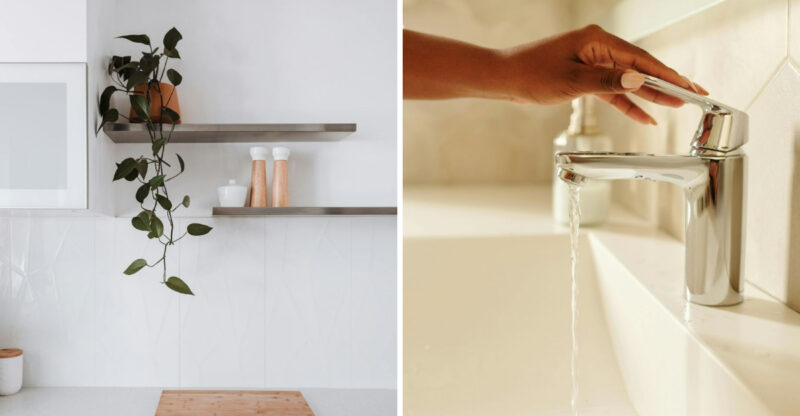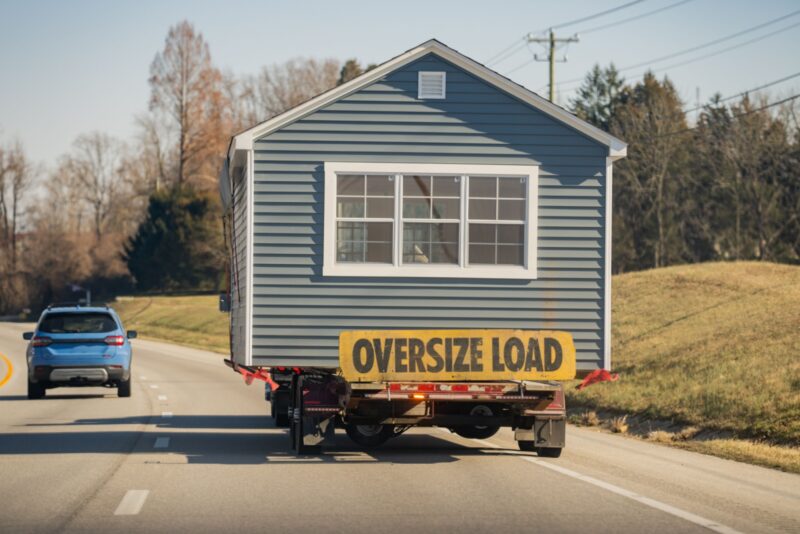15 Practical Tips For Profitable Property Flipping

Property flipping can turn run-down houses into profitable investments when done right. But without the right know-how, your flip can quickly become a financial flop. Many new investors lose money because they underestimate costs or overestimate their skills.
Practical tips will help you avoid common mistakes and maximize your profits in the competitive world of real estate flipping.
These are general tips for property flipping. Results may vary depending on market conditions, experience, and individual circumstances.
1. Buy In Up-And-Coming Neighborhoods
Location remains the golden rule of real estate, even for flippers. Neighborhoods showing early signs of revitalization offer the best profit potential. Look for areas with new coffee shops, renovated parks, or increasing home prices.
Your flip’s value will rise with the neighborhood’s popularity. Chat with locals and real estate agents to identify which blocks are attracting young professionals or families.
2. Master The 70% Rule
Smart flippers live by this golden calculation: never pay more than 70% of the After Repair Value (ARV) minus renovation costs. For example, if a house will be worth $300,000 after renovations costing $50,000, your maximum purchase price should be $160,000 ($300,000 × 0.7 – $50,000).
This buffer protects your profits when unexpected costs arise. Stick to this formula religiously, even when competition tempts you to overbid. Properties that don’t meet this threshold simply aren’t worth the risk.
3. Assemble A Reliable Contractor Team
Your renovation crew can make or break your flip. Finding trustworthy contractors who deliver quality work on time and within budget is worth its weight in gold. Start building relationships with electricians, plumbers, carpenters, and general contractors before you buy your first property.
Always get multiple bids and check references thoroughly. Contractors who specialize in flips understand the balance between quality and cost-effectiveness. Remember that the cheapest bid rarely delivers the best value.
4. Focus On Kitchens And Bathrooms
Kitchens and bathrooms sell houses, period. These rooms typically offer the highest return on investment, often 80-100% of renovation costs. Updated kitchens with new appliances, countertops, and cabinets immediately catch buyers’ eyes.
Modern bathrooms with fresh tile, fixtures, and proper lighting similarly command premium prices. Don’t go overboard with luxury upgrades unless the neighborhood supports those prices. Mid-grade materials in trendy styles usually provide the best return.
5. Create Curb Appeal Magic
First impressions happen before buyers even step inside. A home’s exterior sets expectations for everything else. Simple improvements like fresh paint, a new front door, clean landscaping, and power-washed siding deliver massive visual impact for minimal investment.
Even small touches matter-new house numbers, mailbox, and porch lights can transform a property’s appearance. Buyers make snap judgments within seconds of seeing a house. When they fall in love from the street, they’re more likely to overlook minor interior flaws.
6. Budget For The Unexpected
Hidden problems lurk behind walls in every flip. Set aside at least 20% of your renovation budget for unexpected issues like mold, electrical problems, or structural damage. These surprises aren’t a matter of if, but when.
Older homes particularly hide costly secrets-outdated wiring, plumbing issues, or foundation problems. Having this financial cushion prevents panic when you discover a major issue mid-project.
7. Know When To DIY And When To Hire Pros
Swinging a hammer yourself saves money but calculate the true cost of your time. Painting, landscaping, and simple demolition make sense for DIY. Complex electrical work, plumbing, and structural changes require professionals with licenses and insurance.
Your time has value-every hour spent on basic tasks is time not spent finding your next deal. Pros work faster and often get materials cheaper. Smart flippers focus their personal efforts on high-impact, low-skill tasks.
8. Choose Neutral, Marketable Finishes
Your personal taste doesn’t matter-the market’s preferences do. Neutral colors and widely appealing finishes attract the broadest range of buyers. Grays, whites, and earth tones create blank canvases that help buyers envision themselves living in the space.
Bold design choices limit your buyer pool and can slash profits. Stay current with trends but avoid anything too trendy that might look dated quickly. Browse what professional stagers and designers are using to appeal to today’s buyers.
9. Research Permit Requirements Thoroughly
Permit violations can derail your flip and destroy profits. Every locality has different requirements for renovations, and ignoring them risks fines, work stoppages, or forced demolition of completed work. Some areas even require permits for simple projects like replacing water heaters.
Visit your local building department before purchasing a property. Understand exactly what permits you’ll need and how long they’ll take to obtain. Factor permit costs and inspection timelines into your budget and schedule.
10. Add Light And Space Wherever Possible
Bright, airy homes command premium prices. Remove non-load-bearing walls to create open floor plans that make smaller homes feel spacious. Add or enlarge windows where feasible to bring natural light flooding in.
Even simple changes like replacing heavy curtains with blinds, painting dark wood trim white, or adding strategically placed mirrors can transform a property’s feel. Modern buyers crave open concept living spaces with good flow between rooms.
11. Time Your Sale Strategically
The real estate calendar significantly impacts your profits. Spring and early summer typically bring the most buyers and highest prices in most markets. Families want to move before the new school year, making May and June particularly hot months.
Winter sales often mean lower prices and longer market times. Plan your renovation schedule to list during prime selling season. If you finish a flip in October, consider whether holding costs until spring might be offset by higher sale prices.
12. Stage To Sell, Not To Live
Empty houses feel smaller and less inviting than staged ones. Professional staging typically costs $2,000-5,000 but can add $10,000-20,000 to your sale price. Staged homes sell faster too, reducing carrying costs.
If full staging exceeds your budget, focus on key areas-living room, master bedroom, and dining area. Even minimal furniture helps buyers visualize room sizes and functions. Clean, decluttered spaces with strategic furniture placement create emotional connections with buyers.
13. Calculate All Carrying Costs Accurately
Every day you own a property costs money. Mortgage payments, insurance, utilities, property taxes, and HOA fees add up quickly. A flip that sits unsold for three extra months can wipe out thousands in profits.
Be ruthlessly realistic about how long renovations will take and how quickly the property will sell. Experienced flippers build these carrying costs into their initial calculations. Remember that winter renovations often take longer due to weather delays and holiday schedules.
14. Market With Professional Photography
Smartphone photos scream “amateur” to savvy buyers. Professional real estate photography typically costs $200-500 but dramatically increases click-through rates on listings. These photos showcase your property’s best features with proper lighting and wide-angle perspectives.
Include twilight exterior shots and detailed images of key selling points. Videos and 3D tours further engage online buyers. Remember that most purchasers first see your property online-poor photos can prevent them from ever scheduling a showing.
15. Network With Real Estate Agents
Local agents know about off-market deals before they hit the MLS. Building relationships with well-connected realtors gives you access to this hidden inventory. Take agents to lunch, attend industry events, and demonstrate that you’re a serious investor who closes deals.
These relationships benefit both parties-you get early property access while they get commission opportunities. Agents also provide valuable market intelligence about neighborhood trends and price points.






